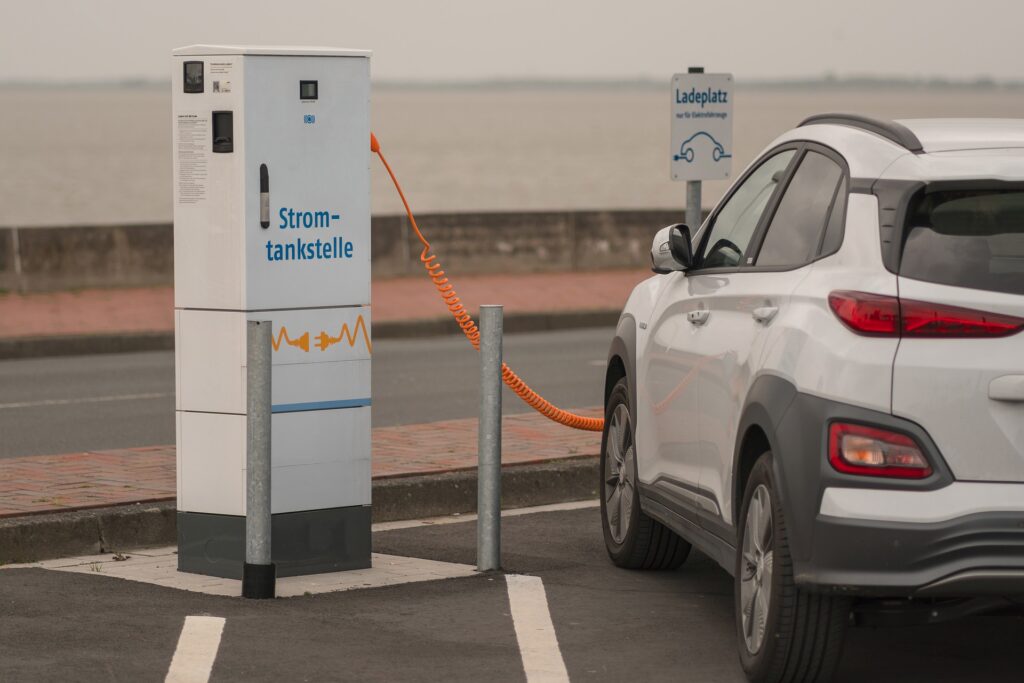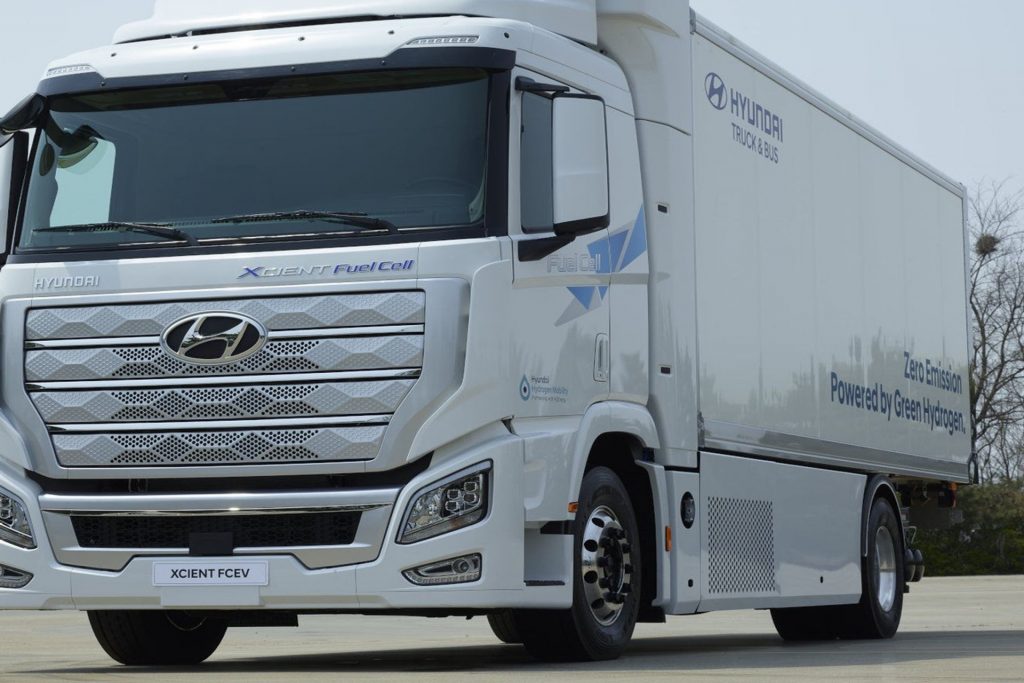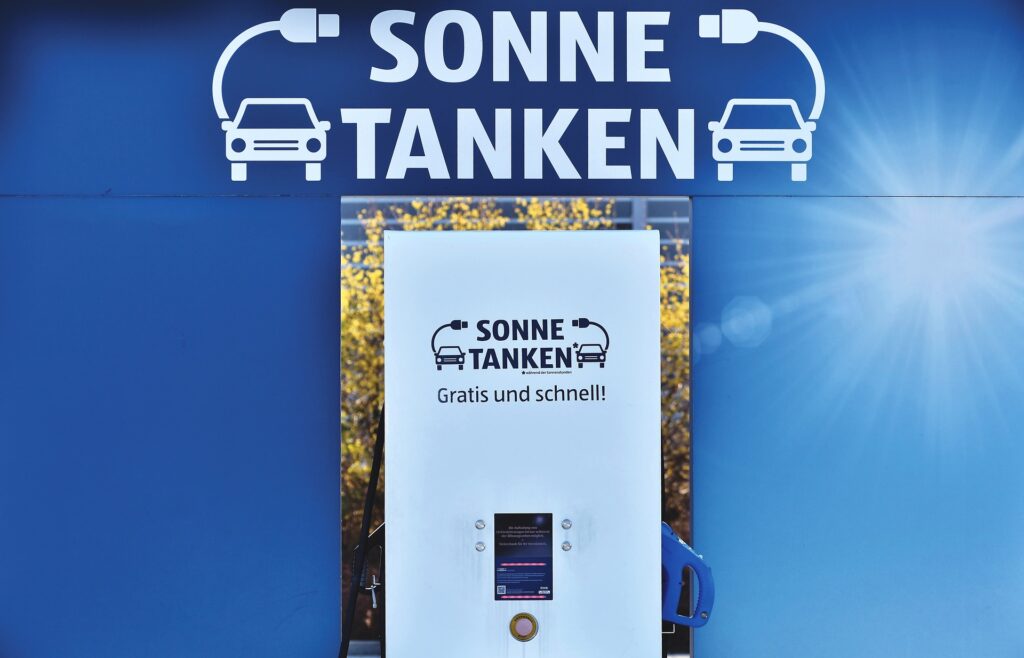On the way to climate-neutral road traffic
If 60% of the conventional gasoline- and diesel-powered passenger cars in Switzerland were to be converted to “electricity-based” vehicles by 2050, i.e., battery vehicles, hydrogen-powered fuel cell vehicles and vehicles powered by synthetic fuels, the greenhouse gas (GHG) emissions of the fleet could be reduced by two to 4.5 million tons annually, which is substantial when compared to the current level of around six million tons. However, the framework conditions are crucial.

Road traffic is currently responsible for more than 30% of Switzerland’s greenhouse gas emissions. Re-ducing these emissions is complex because the switch from fossil-based mobility to electricity-based mo-bility will only lead to substantial reduction in global GHG pollution if more renewable energy is integrat-ed into the energy system at the same time.
Transforming the Swiss car fleet
In a study funded by the Competence Center for Energy and Mobility of the ETH Domain (CCEM) and re-cently published in the journal Applied E-nergy, researchers from Empa, the Paul Scherrer Institute (PSI), ETH Zurich and EPFL jointly investigated the potential of electricity-based mobility in terms of reducing climate change impact. This was done against the background of the changing Swiss energy system. Not only the direct domestic GHG emissions but also the indirect GHG emissions that are produced globally were taken into account. Indirect emissions arise, for example, in the production of vehicles and fuels or in the extraction of raw materials for batteries. Using a model based primarily on CO2 legislation for new vehicle registration, the impact on the total Swiss vehicle fleet was assessed.
While it was assumed for the new car fleet, for example, that 60% of the gasoline- and diesel-powered passenger cars will be replaced by electricity-based vehicles by 2040, the impact on the overall fleet will only be gradual. Indeed, this means that a fleet ratio of 60%/40% between electricity-based and fossil-based passenger cars will be reached only in 2050. The energy demand from this prospective model of future electricity-based mobility in Switzerland was determined on the basis of the foreseeable technological development and then included into a model of estimated future electricity demand.

Twelve energy system scenarios
The researchers created twelve different scenarios that explore the variation in different key aspects. Three different photovoltaic development paths of 13, 32, and 52 terawatt hours (TWh) were considered for the transformation of the electricity market. Two different electricity import scenarios were explored for winter supply: Import of majority renewable electricity or electricity from fossil gas-fired combined cy-cle power plants. Finally, the possibility of using surplus electricity was also investigated. The high domes-tic photovoltaic development paths showed large temporary electricity surpluses in summer. In the simu-lation models, these were either used for the production of synthetic methane, which can be used in the gas market, or they were “curtailed”, i.e., solar power generation is disconnected from the network to avoid overloads.
Hyundai’s hydrogen venture begins in Switzerland
First hydrogen-powered train for Bavaria
Efficiency versus flexibility
Electricity-based vehicles differ greatly in their energy impacts: While electric vehicles are highly energy efficient, they have short-term flexibility to use electricity in their batteries and they can only be charged if electricity is being fed into the grid elsewhere at exactly the same time. The option of synthetic fuels provides an opposite solution that exhibits low efficiency, but long-term flexibility, which means that temporary electricity surpluses can be stored for months and used for mobility when needed. Hydrogen-powered vehicles are roughly in between in terms of efficiency and flexibility.

Framework conditions are crucial
The results of the simulations show that for eight of the twelve scenarios, the differences for GHG reduc-tion between battery-powered vehicles, hydrogen-powered fuel cell vehicles and synthetic fuel-powered vehicles are small. The main reason for this is that, in these cases, efficiency and flexibility cancel each other out over the year. This is the case in the six scenarios that assume imported electricity from gas-fired combined cycle power plants when there is not enough production in Switzerland, as well as in two scenarios that are based on mostly importing renewable electricity. In the remaining four scenarios, the use of battery vehicles bring substantial reduction in GHG emissions when compared with the other elec-tricity-based options because efficiency is more beneficial when a lot of renewable energy is available at any time of the year. This applies to the three scenarios in which surplus electricity can be converted as synthetic methane and used in other sectors (e.g. road freight transport, industry, heat/electricity cou-pling), as well as to the scenario with the lowest PV addition and the possibility of importing renewable electricity. Overall, this means that the global GHG reduction when switching to electricity-based mobility depends significantly on the Swiss energy context that can be affected by PV addition, utilization of electricity sur-pluses and the possibility to import renewable electricity.
CircuBAT improves eco-balance of e-mobility
Switzerland will aim to switch from diesel to electric buses
SWISS to be the world’s first airline to use Synhelion solar fuel
Intelligent charging stations
In addition to the energy calculations, the researchers studied the impact of electric vehicle charging on the local power grid. This is because a single average electric vehicle fully charged from a home-wall socket all night is roughly equivalent to four state-of-the-art electric stoves running at full power for six hours. It is therefore important to have intelligent charging systems that adapt the charging power of the vehicles to the grid capacities. This prevents the power grids from being overloaded and causing outages in extreme cases.

Elisa Fanton: “By sanitizing the air, almost no contagion!”
Valeria Cattaneo: “Me in Lugano? … Marble dreamer!”
Alessandro Loprieno: “Short films are our asset!”
Information campaign «Fahr mit dem Strom»
Many drivers want to switch to electromobility or have already taken this step. Thus, electromobility is spreading more and more in Switzerland: In the first three months of the current year alone, 16.3% of new registrations were electric cars. Nevertheless, many people wonder whether now is really the right time to make the switch, or whether an electric car even fits their specific mobility needs. To support them in their purchase decision, the Swiss Federal Office of Energy (SFOE) and its SwissEnergy program are launching the new “Fahr mit dem Strom” campaign today.
At www.fahr-mit-dem-strom.ch, they can find information on the latest technology and how this new form of mobility fits into any everyday life and living situation. Book a test drive in an electric car? Explore charging options nearby? Or find out how to convert your own house roof into a solar filling station? “Drive with electricity” helps with these questions, too.
The goal of “Fahr mit dem Strom” is not to motivate people to buy a car. But if someone is interested in a new car, then he or she should ideally and well-informed choose a clean and energy-efficient model. In this way, energy consumption and CO2 emissions from private passenger transport can be reduced. The focus here is on electromobility. However, information is also provided on other alternative drive technologies. The texts and graphics on www.fahr-mit-dem-strom.ch are easy to understand and the content is constantly updated and expanded. In doing so, SwissEnergy relies on the cooperation of a network of committed partners from business and public authorities, which will be supplemented in the future by further cooperation with partners such as real estate platforms, mobility clubs or retailers.
The information campaign will run throughout Switzerland until 2024 and can be extended for another three years. The budget until 2024 is CHF 900,000.
Source: https://www.admin.ch/gov/de/start/dokumentation/medienmitteilungen.msg-id-87926.html





